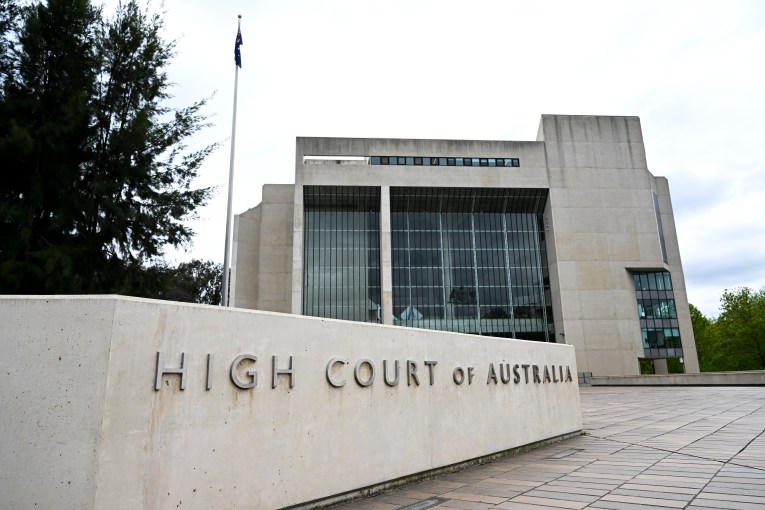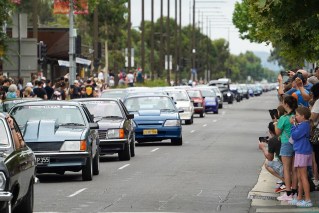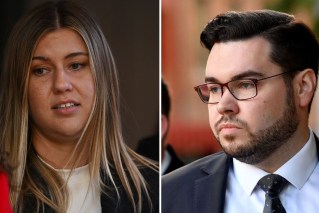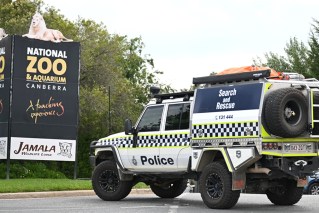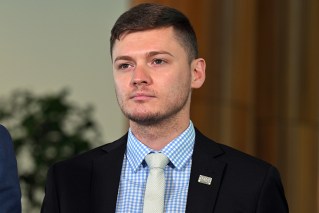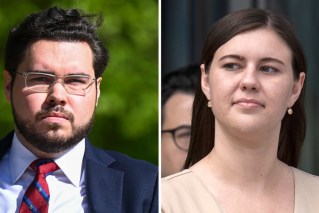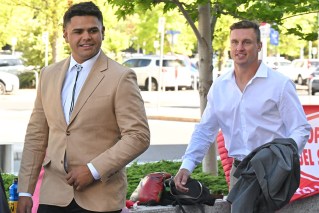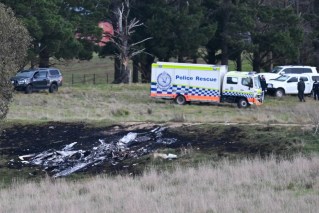The mystery surrounding the 1940 Canberra air disaster
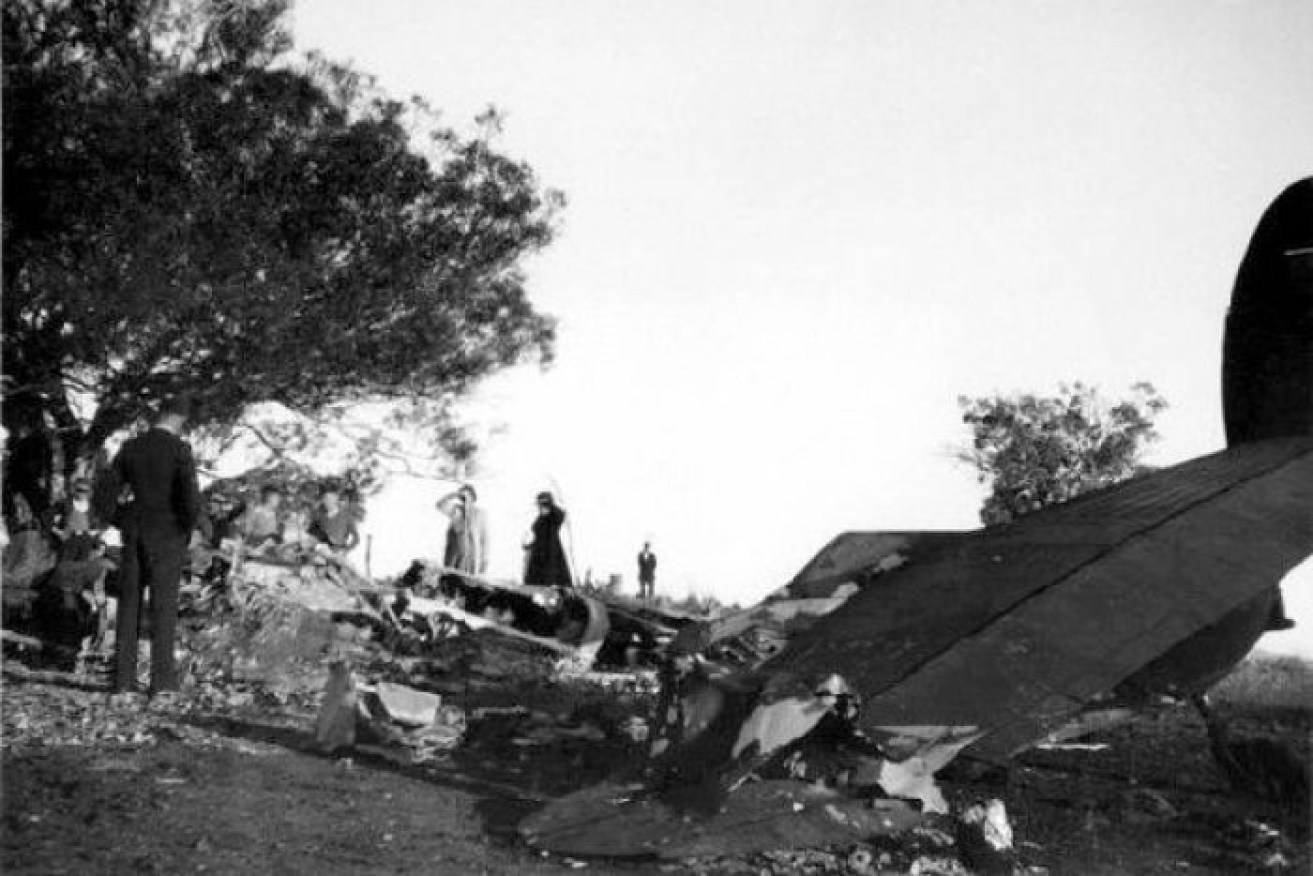
The crash site in Canberra in 1940 when 10 people died. Photo: ABC
It’s all about speed. At 99 knots the Lockheed Hudson bomber, even with its high wing loading, is unlikely to stall.
This is basic training. But when Hudson A16-97 approached Canberra one day in 1940, it was travelling too slow.
Witnesses saw the bomber circle, bank steeply, drop one wing and then ‘pancake’ into the ground. After that — fire.
“You could hear a sort of crackling noise. It was a terrible accident. Terrible accident,” recalls David Nott, who was nine at the time.
Australian history changed in that instant.
Half of the war cabinet was wiped out, and Prime Minister Robert Menzies lost his closest supporters.
Even now, 78 years later, the consequences are still being felt — and new evidence continues to emerge about who was flying the plane when it crashed.
August 13, 1940, was a sunny day — perfect for flying.
The pilot, Bob Hitchcock, had already made one safe landing that morning.
He’d come in at Melbourne’s Essendon Airport to pick up his VIP passengers and take them to Canberra.
The control tower even commented on his skill with the difficult new bomber.
The Hudson had been given the all clear by the mechanics. It was a completely airworthy plane in the hands of a competent pilot.
But what happened next was a disaster.
Crash claims 10 lives

The type of plane involved in the crash, a Lockheed Hudson bomber. Photo: Gavin Conroy
“I could see the smoke coming over the hill. I could see the flames,” recalls Mr Nott, a retired doctor.
“I couldn’t see any aeroplane or anything like that.
“I stopped and looked down, and here was river of molten aluminium running down the hill. You could see it running. It had ripples.
“And I suddenly felt sick. Physically sick.”
Ten people died that day: three cabinet ministers, Australia’s leading Army general, a lieutenant colonel, the private secretary to the minister for air, and four RAAF crew.
Mr Menzies, already struggling to hold on to his leadership with a divided coalition and a country at war, lost his closest friends and firmest allies.

State funeral for crash victims passes along St Kilda Road. Photo: Australian War Memorial
The following year he resigned, his party lost a no-confidence motion, and Labor came to power.
The spot where the plane came down, not far from Queanbeyan, is now a memorial site.
Andrew Tink, the author of a book about the air disaster, has raised questions about who was flying the plane when it crashed.
He believes it was not the pilot but the minister for air, James Fairbairn.
Who was actually flying the plane?

Author Andrew Tink at the memorial site where the plane came down. Photo: ABC
During his research, Mr Tink came across a letter that had not been unearthed since 1940.
For him, it is the strongest evidence he has seen of a possible motive for Mr Fairbairn to take control of the bomber.
The letter came from the headmaster of an Adelaide trades school and reports, in Mr Fairbairn’s own words, the minister’s interest in the Hudson. It reads: “[Hudsons] have a rather nasty stalling characteristic. The combined effect of throttling back and dropping the flaps, preparatory to landing, can land you in a whole heap of bother.
“They are very sensitive, at this stage, to varying air pressures and, from what I have been told, a pilot coming into land can find himself, suddenly and without warning, in a machine that is no longer airborne, heading straight for the ground.
“I will be using a Hudson for my departmental travelling and on every possible occasion I’ll practise landings and find out more about this stalling trick. Personally, I think it is only a matter of handling your throttles wisely.”
This conversation took place a week and a half before the accident, but it was never produced in evidence towards the judicial inquiry.
The letter was shelved. There was a war on; people had other things to think about.
After he published his book, Mr Tink realised he’d been wrong about one thing.
By relying on the testimony of the man who identified the bodies at the morgue, he’d replicated an error.
At the time, the most mangled bodies were said to be that of the pilot and co-pilot.
They were the bodies of two men, aged 29 and 38.
It was said that the younger man was Richard Wiesener, the co-pilot, and that the older one was Mr Hitchcock, the pilot.
But Mr Hitchcock was 28, not 38, when the plane came down.
The person closer in age to 38 was Mr Fairbairn.
Could he have been at the front of the plane? And if so, is his body now in Mr Hitchcock’s grave?
‘We will never know’
Mr Fairbairn’s granddaughter, Mary Browne, doesn’t think he would have taken unnecessary risks by flying the plane that day.

Mary Browne says the most important thing is to honour the victims. Photo: ABC
She thinks of her grandfather as a reserved man, even shy — not the let-me-have-a-go-of-the-aeroplane character described in the book.
“[My grandfather] was the last person to board that plane that morning,” she said.
“They were heading to Canberra for very important meetings. I can’t imagine that he would have used that moment to say, ‘Buddy, I want to have a go of this’.
“There were a lot of people on board — friends, colleagues.”
Ms Browne said rather than placing blame, it’s important to honour the victims, as they were serving their country in a time of war.
“They were all sons, they were all husbands and fathers and we need to honour and respect them in a dutiful way,” she said.
“There is no sense … being caught up with being able to find out who was responsible.
“We will never know, and I don’t believe it achieves anything by pointing fingers. It didn’t achieve anything a long time ago and it doesn’t achieve anything now.”
–ABC
